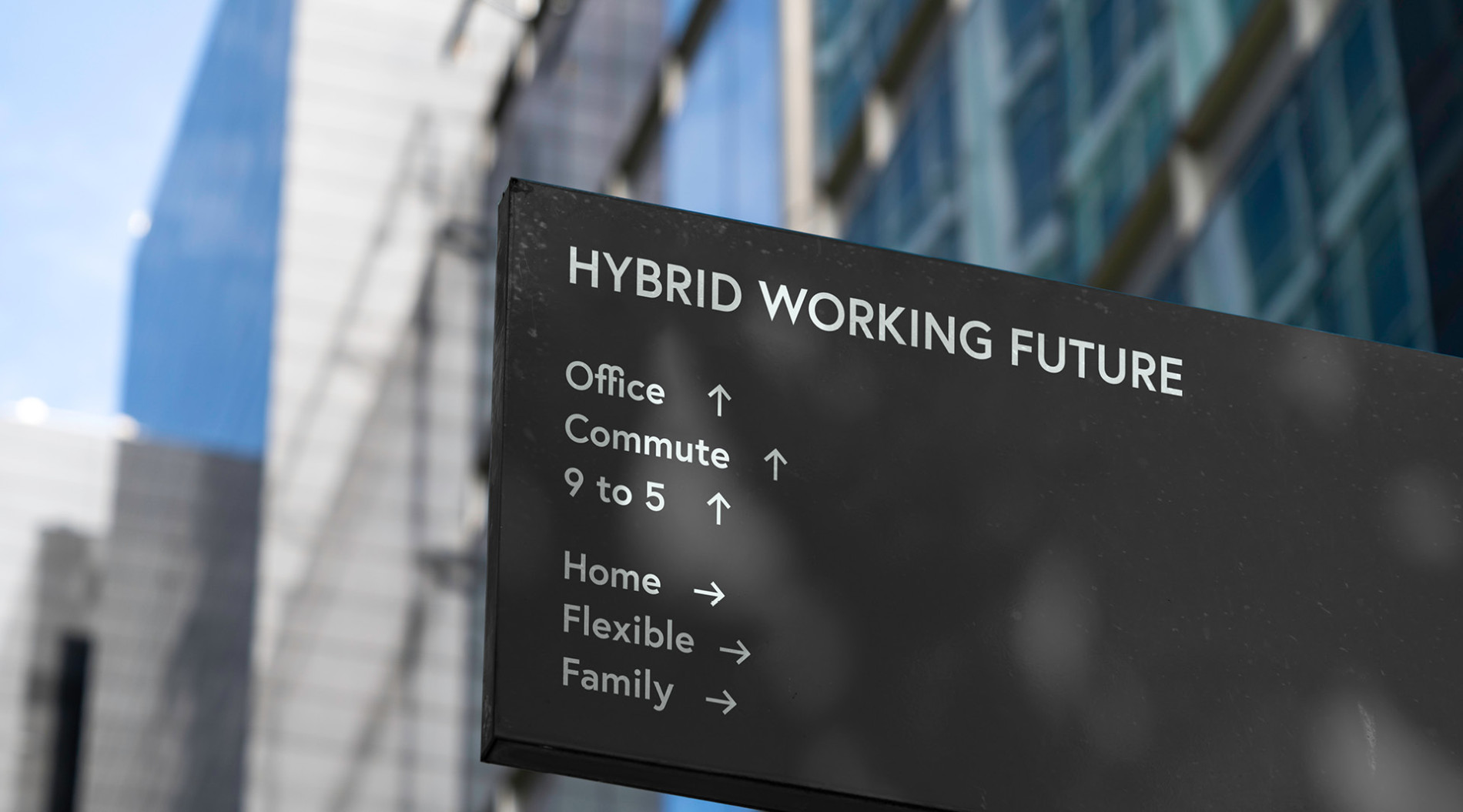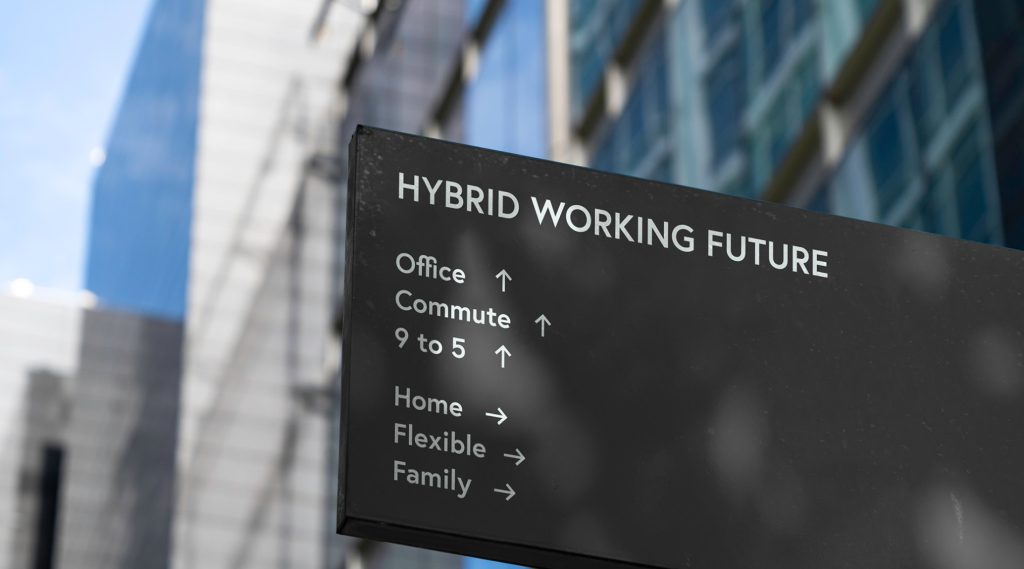Chatbots: Streamlining the Recruitment Process and Enhancing Employee Engagement
Everyone who uses the internet regularly will almost certainly have had some interaction with chatbots.
A chatbot is an advanced form of user interface for a computer application which uses artificial intelligence – in particular machine learning, natural language processing (NLP) and, more recently, generative AI – in order to act as a human-like conversational agent using text or audio. Many large companies have a chatbot option in their online sales or help desk, to answer FAQs, assist customers with a purchase or service request, or direct them to further resources.
In recruitment, chatbots can be used to collect data and screen applicants, conduct skills assessment tests, answer questions, schedule interviews and generally engage with candidates throughout the hiring process. They can even go beyond hiring and into onboarding.
The function of chatbots in the hiring process
Recruitment chatbots can perform data screening and administrative tasks at far greater volume, speed and accuracy than humans can, freeing HR staff to concentrate on more strategic tasks, such as relationship building and developing recruitment policy.
The benefits they bring include improvements to process efficiency, candidate engagement and quality of hires.
Streamlining the recruitment process
First point of contact
Recruitment chatbots can engage potential candidates as soon as they visit a company’s career page. They can provide instant responses to general inquiries about job openings, company culture and benefits.
Candidate screening
Chatbots can pre-screen candidates by asking preliminary questions related to qualifications, experience, or specific skills. This helps recruiters filter out unsuitable candidates at an early stage, saving time and resources.
Interview bots
Further chatbot screening, possibly involving a structured video interview, can be used to gather data about aspects such as language skills, tone of voice, facial expressions, body language and any discernible emotions. This may help recruiters to assess soft skills and culture fit.
FAQs and information
Chatbots can quickly provide answers to common questions about the recruitment process, employee benefits and company policies.
Scheduling interviews
Chatbots can be integrated with recruiters’ calendar systems to automate the scheduling process, reducing the administrative workload.
Reminders and follow ups
Recruitment chatbots can automatically send reminders to candidates about upcoming interviews, tests, or any other steps in the recruitment process. They can also follow up after an interview to gather feedback or provide updates.
Enhancing the candidate experience
Passive candidate engagement
Engaging passive candidates, or those who visited the website but didn’t apply, is crucial. Chatbots can initiate conversations, share relevant job openings and supply content about the company to keep them engaged.
Immediate response 24/7
Recruitment chatbots provide instant answers to candidates’ questions around the clock, ensuring they don’t have to wait for hours or days for email responses.
Personalisation
Advanced chatbots can offer personalised experiences by recommending job positions based on the candidate’s profile, preferences or previous interactions, making the process more engaging and reducing the drop-off rate.
Improving the quality of hires
Skill identification
Automated chatbot screening ensures that only candidates with the necessary skills and experience progress to the shortlist. Some advanced types of recruitment chatbots can also administer skills-based quizzes or tests.
Bias reduction
Chatbots can uniformly screen all candidates based on predetermined criteria, ensuring that all applicants are judged based on the same set of qualifications, experience or skills, free of any (possibly unconscious) human bias.
Top candidates less likely to bail
By speeding up initial interactions and screenings, chatbots can help companies reach out to top-tier candidates faster, reducing the risk of losing them to competing offers.
The function of chatbots in the onboarding process
The involvement of chatbots in recruitment doesn’t end once a job offer has been made and accepted. Chatbots in recruitment can also play a vital role in onboarding, helping new employees to transition smoothly into their new role, team and organisation. Efficient onboarding improves engagement, speeds up the progression to peak productivity, and reduces the likelihood of new hires leaving in the first 45 days, according to studies referenced by Forbes.
Recruitment chatbots can guide new hires through both structured and personalised training programs, at the employees own pace. They can help to introduce them to their team members and other colleagues, and fill them in on details of company culture, policies, procedures and goals, possibly using interactive content involving videos, quizzes and games.
In fact, chatbots can provide a constant line of communication throughout an individual’s tenure, answering questions, and tracking and measuring their progress and performance while providing feedback and recognition.
Potential challenges of using chatbots in recruitment
The use of chatbots in recruitment is still a developing field, and it comes with some possible pitfalls that hiring managers need to be aware of:
- Limited understanding and perception. Chatbots can sometimes misinterpret user inputs (especially non-standard ones like abbreviations, acronyms and emoticons), leading to frustration and potential missed opportunities. They also lack human sensibility when it comes to judging qualities like personality, character and culture fit.
- Unsatisfactory candidate experience. Some job applicants may not appreciate the reduction in human interaction, which can convey empathy, understanding, and intuition that chatbots can’t replicate.
- Data privacy concerns. Handling personal data of candidates requires stringent privacy measures. There are concerns about how chatbots store, use and secure this data, especially given the increasing regulations around data privacy.
Case study: Adecco’s Career Assistant chatbot
Career Assistant is Adecco’s AI-powered chatbot. It allows recruiters to engage with thousands of candidates simultaneously if necessary, learning from interactions with its target audience to enable it to progress to the next step. It’s already live in 36 countries – including Australia – and has sent 21 million messages in the first four months of 2023 alone.
The new Career Assistant prototype, incorporating generative AI, creates even more relevant, human-like conversations. It has produced a 5% increase in completed conversations plus a 10% increase in candidate applications, and has resulted in 80% less time taken to screen candidates.
Even more significantly, both hiring managers and candidates are reporting a positive reaction, with the NPS (Net Promoter Score, a measure of how users rate their experience) lifting by 46 for recruiters and 28 for candidates.
Start small to assess the benefits and challenges
Many organisations have already significantly enhanced their hiring processes by using chatbots in recruitment. Reported advantages include the streamlining of – and massive time savings in – administrative tasks, an improved candidate experience and an increase in the quality of hires.
This has to be balanced against the possible downsides of the limits to chatbots’ understanding and sensibility, the lack of human interaction for candidates if overused, and the question of data privacy.
The best way to evaluate whether using chatbots in recruitment is going to benefit your organisation is to start with a small pilot program, including getting your HR team on board with appropriate training and an emphasis of the continuing importance of their human expertise. Get in touch with your local Adecco team for more insights and implementation assistance.












